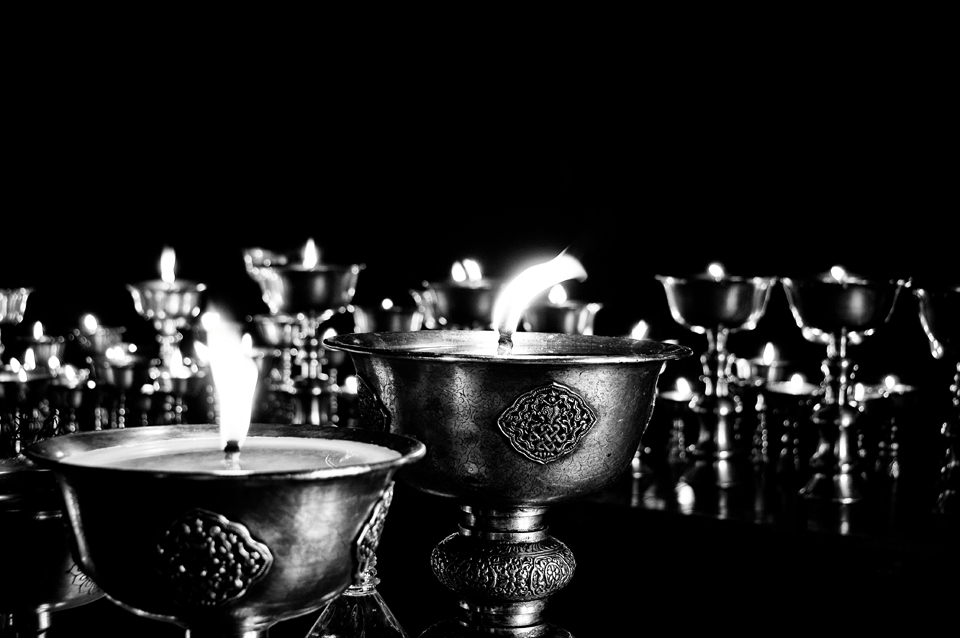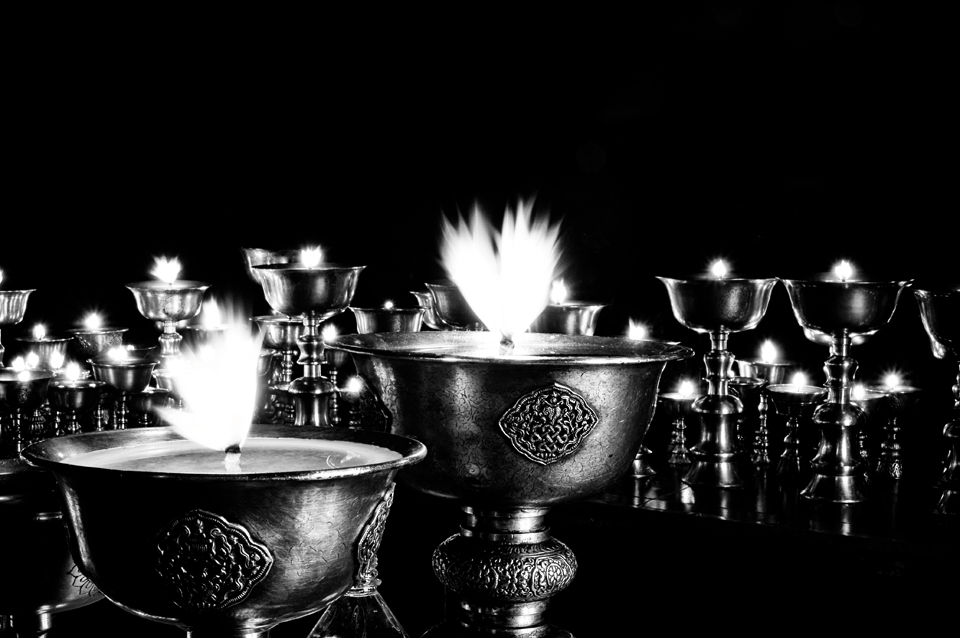I never expected my photography and blog to be in the shape and form in which they are today. When I started writing here a few months back, I didn’t expect such heartfelt and honest comments and notes and emails from people. Those took me by surprise and continue to do so. Just a few days back, someone wrote a really nice mail to me and requested me to write every day. It touched me for sure, it made me happy and I said so as well to the person who wrote to me. Apropos the request to write each day, I could have easily said “yes, I’ll do it”, but in all honesty I said, “I can’t because then it won’t be from my heart, it won’t be the real me, it’ll only be perfunctory.” I’ll then be doing it for all the wrong reasons – I’ll be writing for someone else, and not writing for myself which is what I always do. I photograph and write for myself because then they give me serenity and peace, and those feelings are then what I can reflect in turn. Is this being selfish? There is no easy answer to this, and it all depends on how you look at it, which is what this blog is about – what is the truth?
My writing has changed across the last three months since I started here – you can see the earlier posts if you want. And I’ll confess that some don’t really touch me the way they did when I wrote them. Sure I can edit them and make those “better” by any standards or even delete them but I don’t. On similar lines all my photographs are on Facebook, not just the better ones. I can’t, I won’t, I don’t even want to wish them away. But I let them just be there. They happened because of me. I am the cause. I am the reason. This is just the way I can’t wish my past away, all the mistakes that I made, all the people I hurt. Is every photograph and word embarrassing, everything of my past regrettable? Not at all in the least – but we tend to live with the guilt of our follies and foibles carrying this burdensome crucifix for ages. So you see, we need to let it be, but we also need to let it go. The past “was” real, the present “is” the reality, the truth.
But again what is the truth? I made these two photographs of butter-lamps at Spituk Gompa in Ladakh. I’ve described the scene before, but let me try and recreate it. When I made the images of the lamps, I was standing alone in a darkened sanctum sanctorum, the windows of which were covered in soot, the air heavy with the fragrance of incense and oil, the sound of monks chanting their prayers in my ears. It wasn’t cold but I shivered, and I had goose bumps, as God came to my mind and I felt “faith”. I cannot help but quote Rumi who said: “In your light I learn how to love. In your beauty, how to make poems. You dance inside my chest where no-one sees you, but sometimes I do, and that sight becomes this art.”


On a more prosaic note, both these images might “appear” to be the same at the first superficial glance –but they actually aren’t. Appearances are not reality. As Van Gogh wrote in a letter to his brother: “One may have a blazing hearth in his soul and yet no one ever came to sit by it. Passers-by see only a wisp of smoke rising from the chimney and continue on their way.”
Yes, these were made at the same place, almost the same time, with the same light, yet these are different. Without meaning to get into the technicalities of photography which you know I don’t get into, the difference in them lies in the settings of the shutter speed, aperture (or how much the lens is opened or stopped down) and ISO (or film sensitivity) which form what is called the “exposure triangle”. I can juggle these into myriad combinations to create different photographs, but as photographers would tell you, only one combination is the “perfect exposure”. Again perfect for whom?
As an analogy, I’d interpret these terms to be the pace at which we see things around us, how much we open our eyes to observe and not merely see, and how sensitive we are to that which we observe. An imbalance in any of these settings results in a “not so good photograph”, a distortion of reality, a misinterpretation of the truth. So we need to slow down in life, observe deeply and with more sensitivity. Coming back to where we were, again both images are real, you might like one, and I the other. Having said that, in all these unique combinations of speed, aperture and sensitivity there will be one that comes closest to reality, on which both you and I will agree. The problem lies in reaching that agreement. We are unwilling to let go of our positions, of our dominant (predominant?) ego. Remember how difficult it is to say with absolute brutal honesty: “I’m sorry, I was wrong, I didn’t understand you. Please forgive me.”
I might not agree with you but I must recognize and realize that your perspective is real as well. On my “About” page, I wrote this: “In the continuum of time and space, intermediate finite moments shape our being and our perception, our mental prisms. After passing through our own prisms of perception, each refraction of reality contains only some pure essence of the light, only an incomplete part. So we will always experience some aspect of reality, of the truth, but only from our perspectives. None will see the whole, complete light. These are musings from my own refraction.”
Photography for me is a passion, but it is also spiritual. Just as my writing is. I can’t photograph or write at the speed of my thoughts. So I slow down to think and speak aloud as I type, observing carefully the tumult within me subside, as I become more sensitive to who I really am. And as I’ve said before, I don’t edit, I don’t rearrange. I photograph and write with honesty each time – and by doing that every time with honesty, it becomes easier for me to express the truth, and for me to be me. Rhonda Byrne called it “The Secret” – you can call it a self-fulfilling prophecy, psychologists can call it auto-suggestion, I merely say this is the truth. Or if you’d prefer to, you can just call it:
The Perfect Exposure.
Leave a Reply